Home>Furniture & Design>Outdoor Furniture>How To Refurbish Wicker Outdoor Furniture
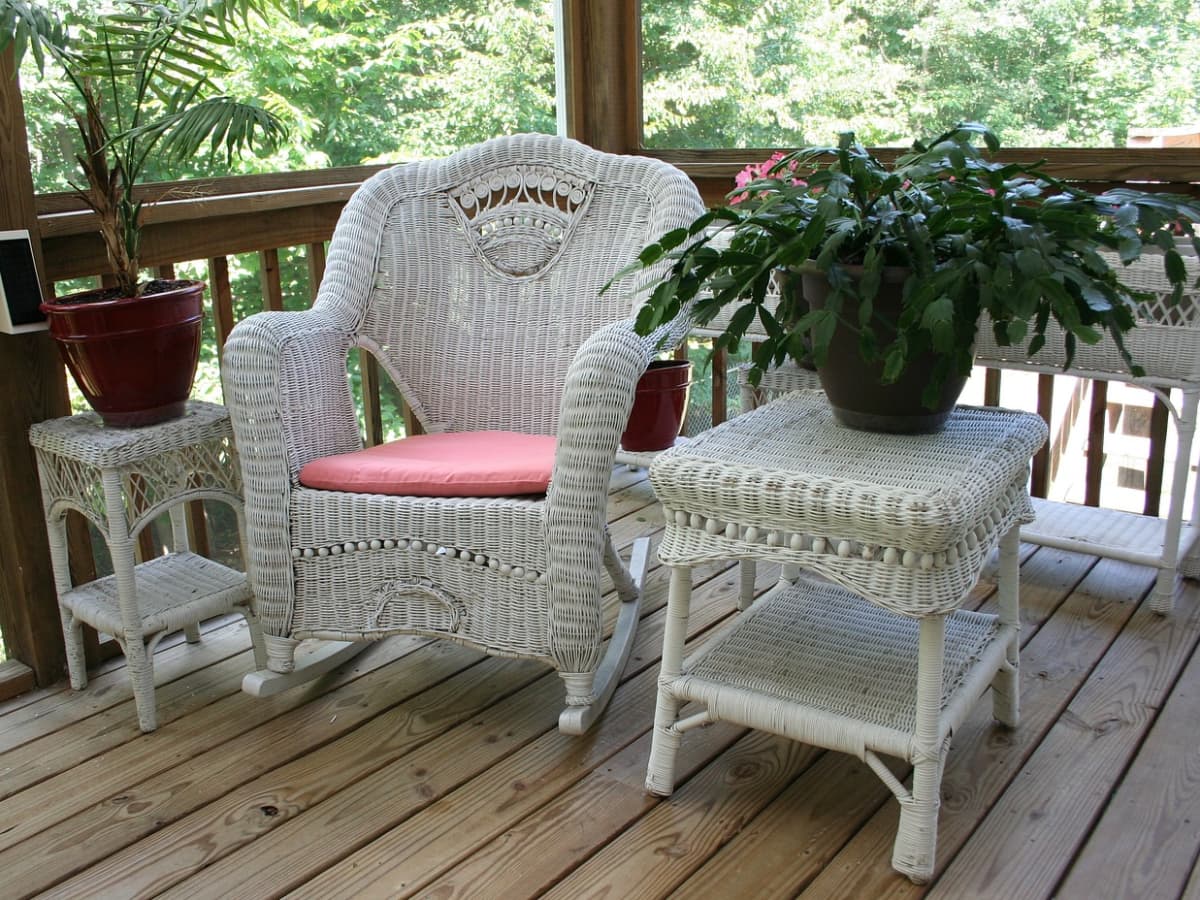

Outdoor Furniture
How To Refurbish Wicker Outdoor Furniture
Modified: January 15, 2024
Learn how to refurbish wicker outdoor furniture with our expert tips and tricks. Revamp your outdoor space with our furniture and design ideas.
(Many of the links in this article redirect to a specific reviewed product. Your purchase of these products through affiliate links helps to generate commission for Storables.com, at no extra cost. Learn more)
Introduction
Welcome to the world of outdoor furniture refurbishment! Wicker furniture has a timeless charm that adds a touch of elegance to any outdoor space. Whether you have a vintage wicker set passed down through generations or a modern wicker ensemble that's seen better days, refurbishing your wicker outdoor furniture can breathe new life into it, allowing you to continue enjoying its beauty and functionality for years to come.
Refurbishing wicker furniture is a rewarding and creative endeavor that not only revitalizes the appearance of your outdoor space but also gives you the opportunity to unleash your DIY skills. This guide will take you through the step-by-step process of refurbishing your wicker outdoor furniture, from assessing its condition to cleaning, repairing, painting or staining, and finally, sealing and protecting the refurbished pieces.
So, roll up your sleeves, gather your supplies, and let's embark on a journey to transform your weathered wicker furniture into stunning outdoor focal points that will be the envy of your neighborhood. Let's dive into the exciting world of wicker furniture refurbishment!
Key Takeaways:
- Revitalize your outdoor space by refurbishing wicker furniture. Assess, clean, repair, paint, and seal to extend its lifespan and add a personal touch for timeless elegance.
- Unleash your creativity and DIY skills to transform weathered wicker furniture into stunning outdoor focal points. Embrace the art of refurbishment for a sustainable and captivating outdoor oasis.
Read more: How To Paint Wicker Outdoor Furniture
Assessing the Condition of Your Wicker Furniture
Before diving into the refurbishment process, it’s essential to assess the current state of your wicker furniture. Take a close look at each piece to identify any signs of wear, damage, or discoloration. Here are some key aspects to consider:
- Weaving Integrity: Examine the woven patterns to check for any loose or broken strands. Pay special attention to areas where the wicker is most exposed to the elements, as these sections are more prone to damage.
- Structural Stability: Test the overall stability of the furniture by gently rocking or applying pressure to the different parts. Any wobbling or creaking may indicate structural issues that need to be addressed.
- Surface Condition: Look for signs of peeling paint, fading, or discoloration on the surface of the wicker. These visual cues will help determine the extent of refurbishment required.
- Hardware and Accessories: Inspect any metal components, such as screws, bolts, or decorative accents, to ensure they are secure and free from rust or corrosion.
After conducting a thorough assessment, you’ll have a clear understanding of the specific areas that need attention during the refurbishment process. Whether it’s minor touch-ups or more extensive repairs, this initial evaluation sets the stage for a targeted and effective refurbishment plan.
Cleaning Your Wicker Furniture
Before delving into the refurbishment process, it’s crucial to start with a clean canvas. Over time, outdoor wicker furniture can accumulate dirt, dust, and grime, detracting from its natural beauty. Here’s a step-by-step guide to effectively clean your wicker furniture:
- Dust Removal: Begin by using a soft-bristled brush or a handheld vacuum cleaner with a brush attachment to gently remove loose dust and debris from the wicker surfaces. Pay attention to the crevices and intricate weaving patterns.
- Mild Soap Solution: Prepare a solution of mild dish soap or liquid detergent mixed with warm water. Dip a soft cloth or sponge into the soapy water and wring it out to ensure it’s only slightly damp.
- Gentle Wiping: Thoroughly wipe down the wicker surfaces with the damp cloth or sponge, ensuring that excess water is avoided to prevent saturation of the wicker material.
- Rinse and Dry: Using a separate cloth or sponge, rinse off the soapy residue by wiping the wicker with clean water. Immediately dry the furniture with a soft, absorbent towel to prevent water spots and promote quick drying.
- Stubborn Stains: For stubborn stains or mildew, a solution of equal parts water and white vinegar can be used to gently spot-clean the affected areas. Test the solution on a small, inconspicuous area first to ensure compatibility with the wicker material.
Regular cleaning not only maintains the aesthetic appeal of your wicker furniture but also helps prolong its lifespan by preventing the accumulation of damaging debris. Once your wicker furniture is clean and dry, you’ll be ready to move on to the next phase of the refurbishment process.
Repairing Damaged Wicker
Wicker furniture, while durable, may develop wear and tear over time, especially when exposed to the elements. Addressing damaged wicker is a crucial step in refurbishing your outdoor furniture. Here’s how to tackle common wicker damage:
- Loose or Broken Strands: If you notice loose or broken wicker strands, you can carefully reweave them back into place using a pair of tweezers or a small crochet hook. Apply a small amount of wood glue to the ends of the strands before weaving them to ensure a secure bond.
- Weakened Areas: For weakened areas where the wicker feels brittle or prone to breakage, a coat of clear, water-resistant wood glue can be applied to reinforce the affected sections. This helps fortify the wicker and prevent further deterioration.
- Reattaching Wicker: In cases where wicker strands have detached from the frame or support structure, carefully reattach them using wood glue or a suitable adhesive. Ensure the reattached strands are held in place until the adhesive sets firmly.
- Replacing Irreparable Sections: If certain sections of the wicker are beyond repair, consider replacing them with new strands or pre-woven wicker panels. This may involve carefully removing the damaged sections and weaving in the replacements to seamlessly blend with the existing pattern.
By addressing damaged wicker in a timely manner, you can prevent further deterioration and maintain the structural integrity of your outdoor furniture. Once the necessary repairs have been made, your wicker furniture will be well-prepared for the next phase of the refurbishment process.
To refurbish wicker outdoor furniture, start by cleaning the furniture with a mild soap and water solution. Then, repair any broken or loose strands with new wicker material and finish by applying a fresh coat of outdoor furniture paint or sealant to protect it from the elements.
Painting or Staining Your Wicker Furniture
Transforming the look of your wicker furniture through painting or staining can breathe new life into its appearance, allowing you to customize its aesthetic to suit your outdoor space. Whether you prefer vibrant colors, natural wood tones, or a fresh coat of white, here’s how to approach the painting or staining process:
- Surface Preparation: Begin by ensuring that the wicker surfaces are clean, dry, and free from any residual dust or debris. This provides a smooth foundation for the paint or stain to adhere to.
- Priming (Optional): If you’re transitioning from a dark to a light color, or if the wicker has a particularly porous surface, applying a coat of primer can enhance the adhesion and durability of the paint or stain.
- Choosing the Right Product: Select a high-quality outdoor paint or stain that is specifically formulated for wicker and suitable for exterior applications. Consider factors such as UV protection, moisture resistance, and long-term durability.
- Application Technique: Using a small to medium-sized paintbrush or a spray gun designed for intricate surfaces, apply the paint or stain evenly, working in the direction of the wicker weave to ensure comprehensive coverage.
- Multiple Coats: Depending on the desired color intensity and the product’s instructions, apply multiple thin coats of paint or stain, allowing sufficient drying time between each coat to achieve a smooth and uniform finish.
- Sealing (Optional): To further enhance the longevity of the painted or stained wicker, consider applying a clear, weather-resistant sealant to protect the finish from the elements and minimize color fading.
Whether you opt for a bold statement color to make a striking impact or a subtle stain to accentuate the natural beauty of the wicker, painting or staining your outdoor furniture presents an exciting opportunity to revamp its visual appeal and complement your outdoor décor.
Read more: How To Build Outdoor Wicker Furniture
Sealing and Protecting Your Refurbished Wicker Furniture
After investing time and effort into refurbishing your wicker furniture, it’s essential to protect the newly revitalized surfaces to ensure long-lasting beauty and resilience against outdoor elements. Here’s how to seal and safeguard your refurbished wicker furniture:
- Weather-Resistant Sealant: Select a high-quality, outdoor-rated sealant designed for wicker or rattan furniture. Ensure that the sealant provides protection against UV rays, moisture, and general wear and tear.
- Even Application: Using a clean, soft brush or a spray applicator, carefully apply the sealant to the entire surface of the refurbished wicker furniture. Pay special attention to intricate weaving patterns and hard-to-reach areas to ensure comprehensive coverage.
- Drying Time: Allow the sealant to dry thoroughly according to the manufacturer’s instructions. This typically involves leaving the furniture in a well-ventilated area for the recommended duration to ensure proper curing.
- Reapplication Schedule: Depending on the specific sealant used and the outdoor conditions, consider establishing a regular reapplication schedule to maintain the protective barrier. This proactive approach can help extend the lifespan of the refurbished wicker furniture.
- Protective Covers: When not in use, consider covering your refurbished wicker furniture with weather-resistant protective covers. This simple measure can shield the furniture from direct sunlight, rain, and other environmental factors, further preserving its appearance and structural integrity.
- Maintenance Routine: Incorporate regular cleaning and maintenance into your outdoor furniture care routine. Periodically dusting, wiping, and inspecting the wicker furniture can help identify any emerging issues and address them promptly.
By sealing and protecting your refurbished wicker furniture, you’re not only safeguarding its aesthetic appeal but also ensuring that your outdoor investment remains a source of enjoyment for years to come. With proper care and maintenance, your refurbished wicker furniture can continue to adorn your outdoor spaces with timeless elegance and charm.
Conclusion
Congratulations on embarking on the journey of refurbishing your wicker outdoor furniture! By assessing the condition, cleaning, repairing, painting or staining, and sealing your wicker pieces, you’ve not only revitalized their appearance but also extended their lifespan, allowing you to continue enjoying their beauty and functionality for years to come.
Refurbishing wicker furniture is a gratifying process that enables you to unleash your creativity and DIY skills while breathing new life into cherished outdoor pieces. The transformation from weathered and worn to rejuvenated and resilient is a testament to the enduring allure of wicker furniture.
As you admire your refurbished wicker furniture gracing your outdoor spaces, take pride in the effort and care invested in each step of the refurbishment process. The timeless charm and elegance of wicker furniture, now enhanced through your refurbishment endeavors, serve as a captivating focal point, inviting relaxation and enjoyment in your outdoor oasis.
Remember, regular maintenance and proactive care will further preserve the beauty and integrity of your refurbished wicker furniture. Through periodic cleaning, protective sealing, and attentive upkeep, you can ensure that your wicker pieces continue to enrich your outdoor environment for years to come.
Embrace the art of wicker furniture refurbishment as a testament to your commitment to sustainable living, creative expression, and the preservation of cherished outdoor treasures. Your refurbished wicker furniture stands as a testament to the timeless appeal of this classic material, now infused with your personal touch and dedication.
So, as you bask in the beauty of your refurbished wicker furniture, take pride in the transformative journey you’ve undertaken, and revel in the enduring elegance and allure of your revamped outdoor oasis.
Frequently Asked Questions about How To Refurbish Wicker Outdoor Furniture
Was this page helpful?
At Storables.com, we guarantee accurate and reliable information. Our content, validated by Expert Board Contributors, is crafted following stringent Editorial Policies. We're committed to providing you with well-researched, expert-backed insights for all your informational needs.
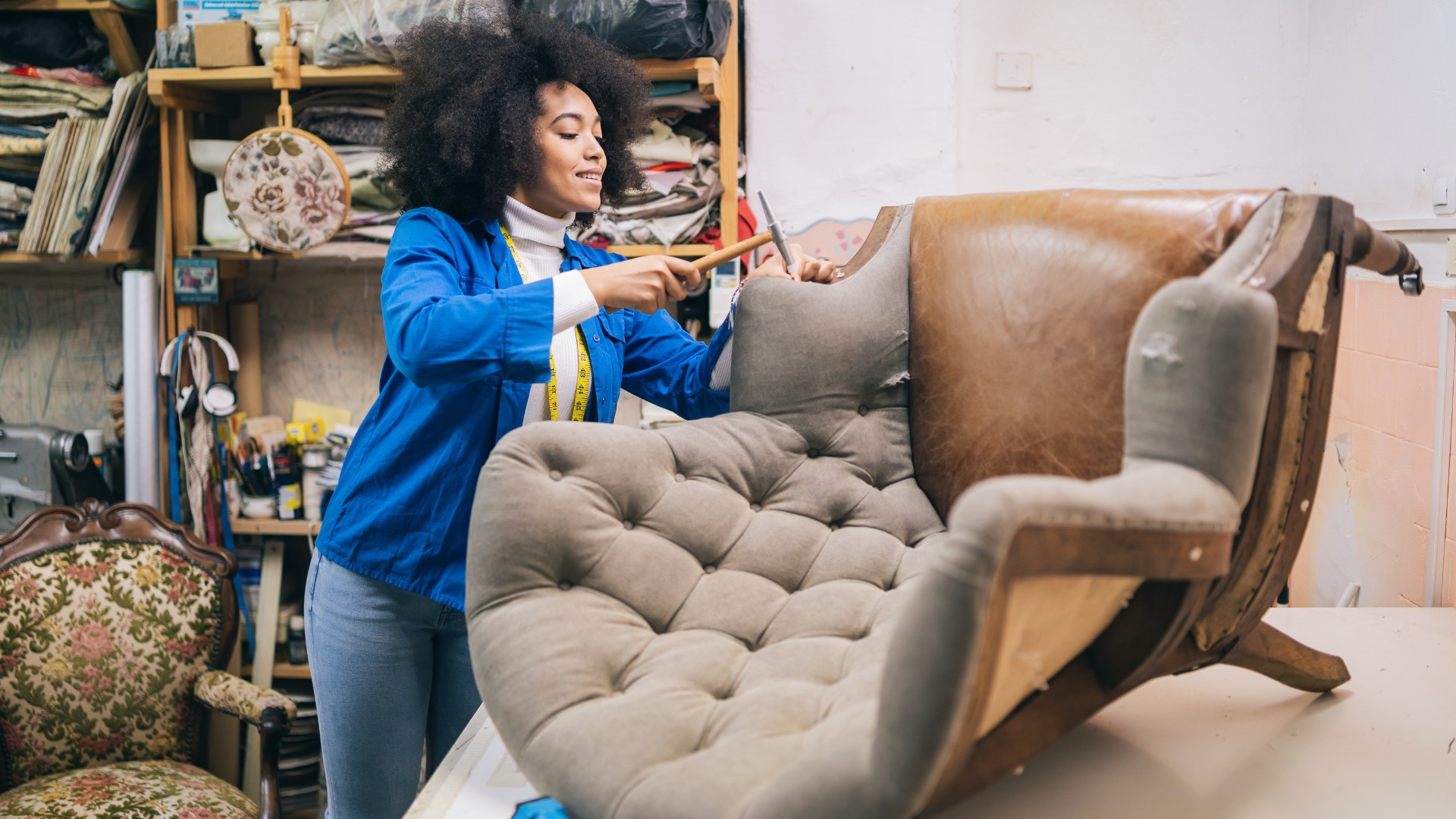
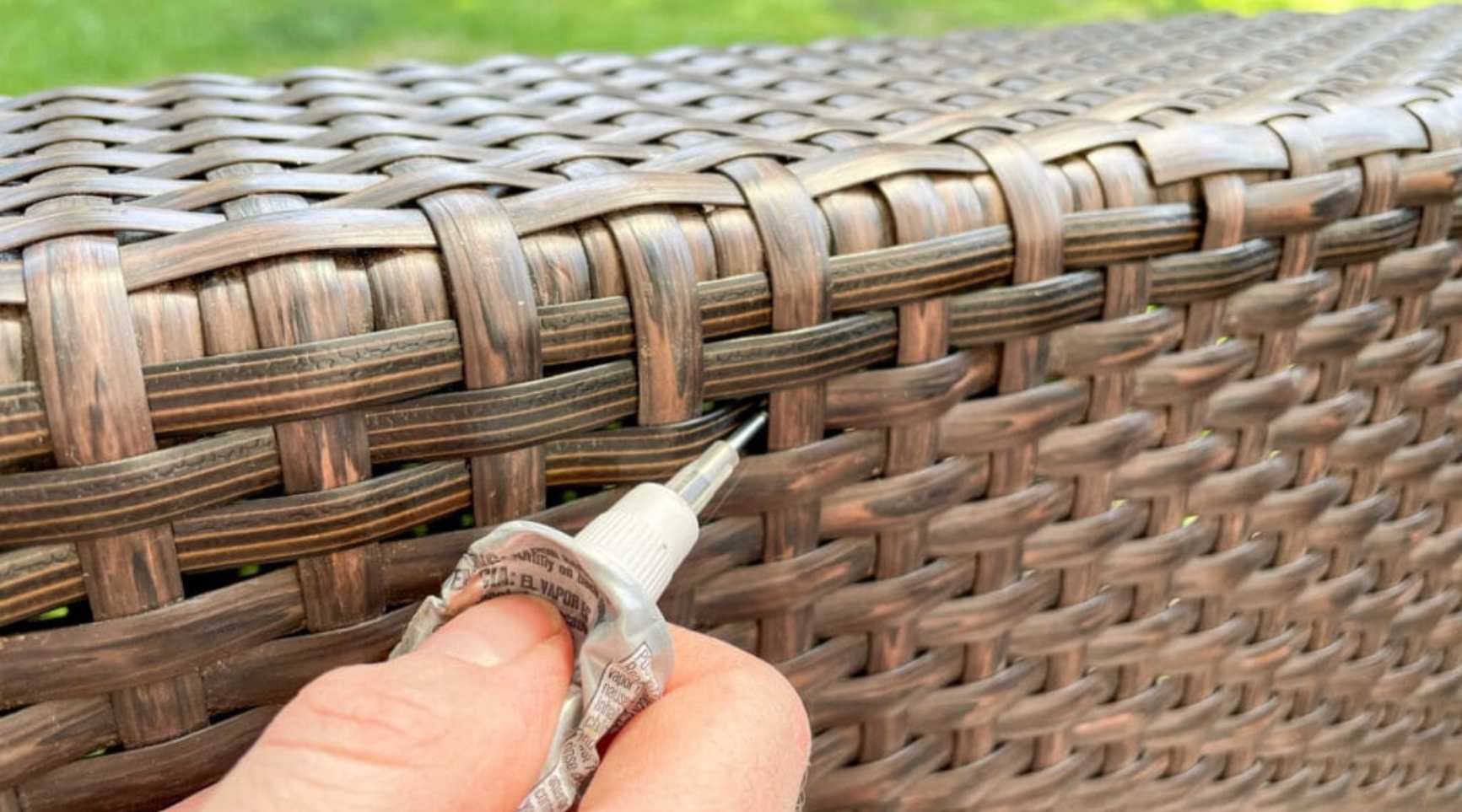
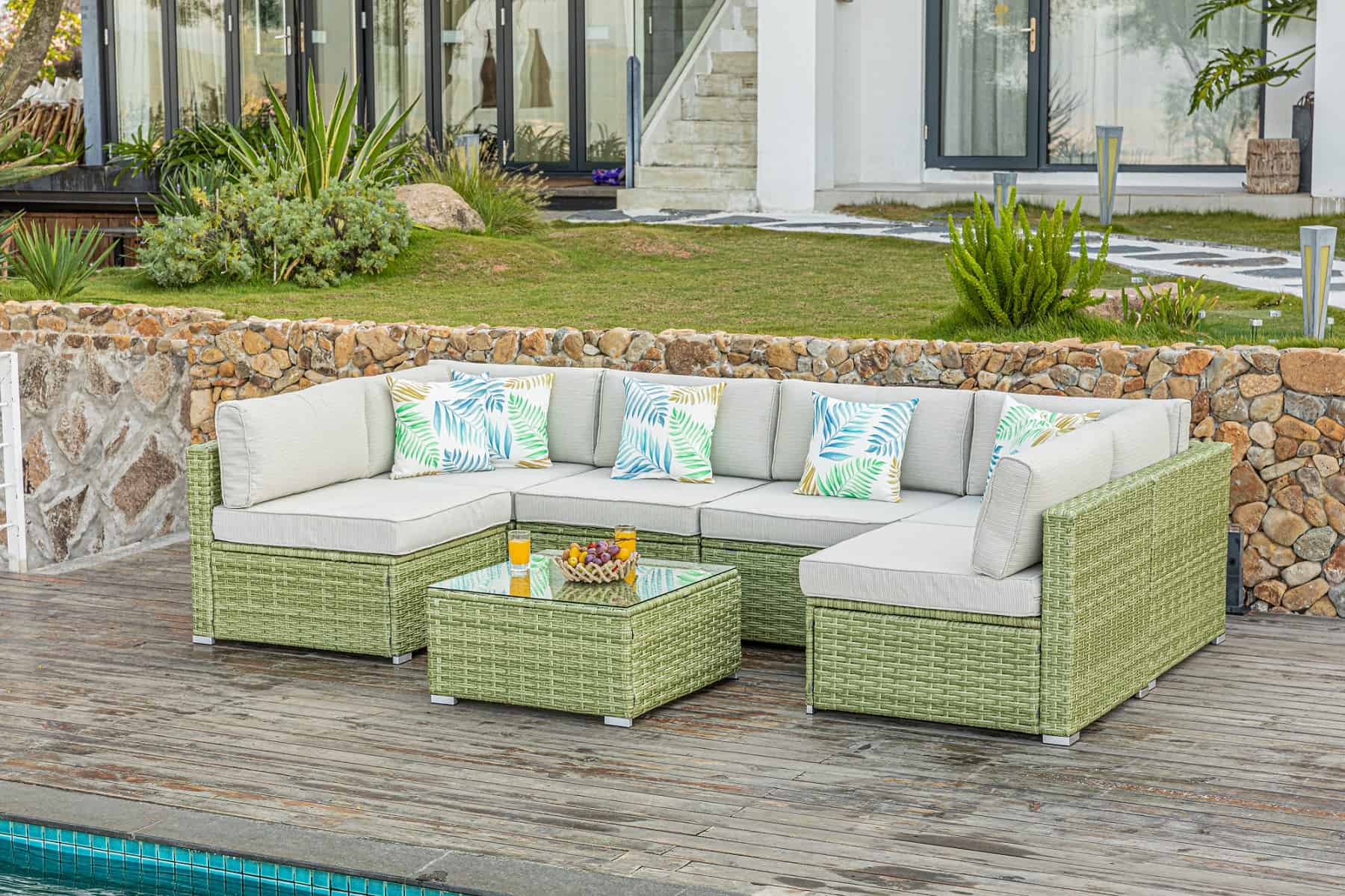

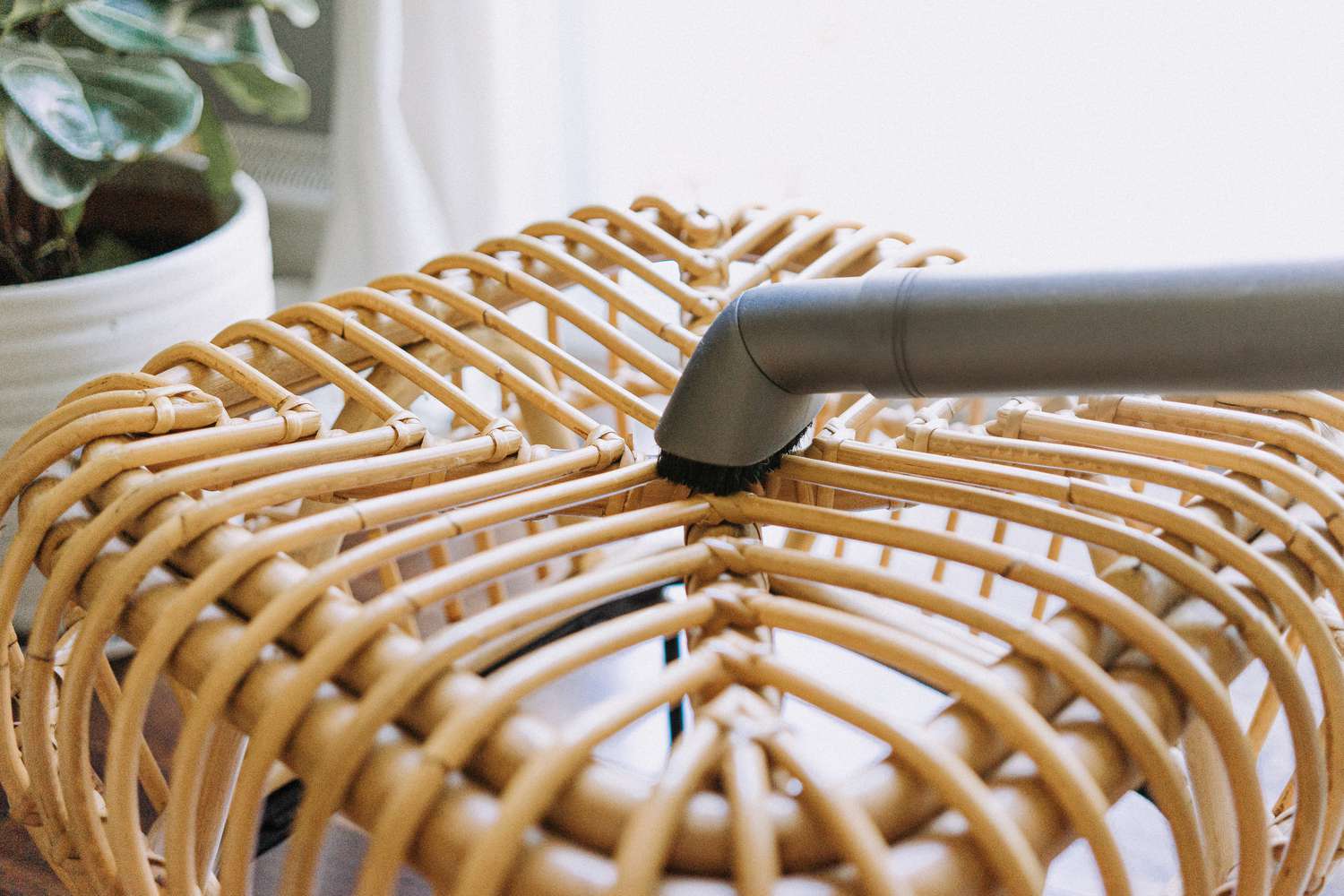
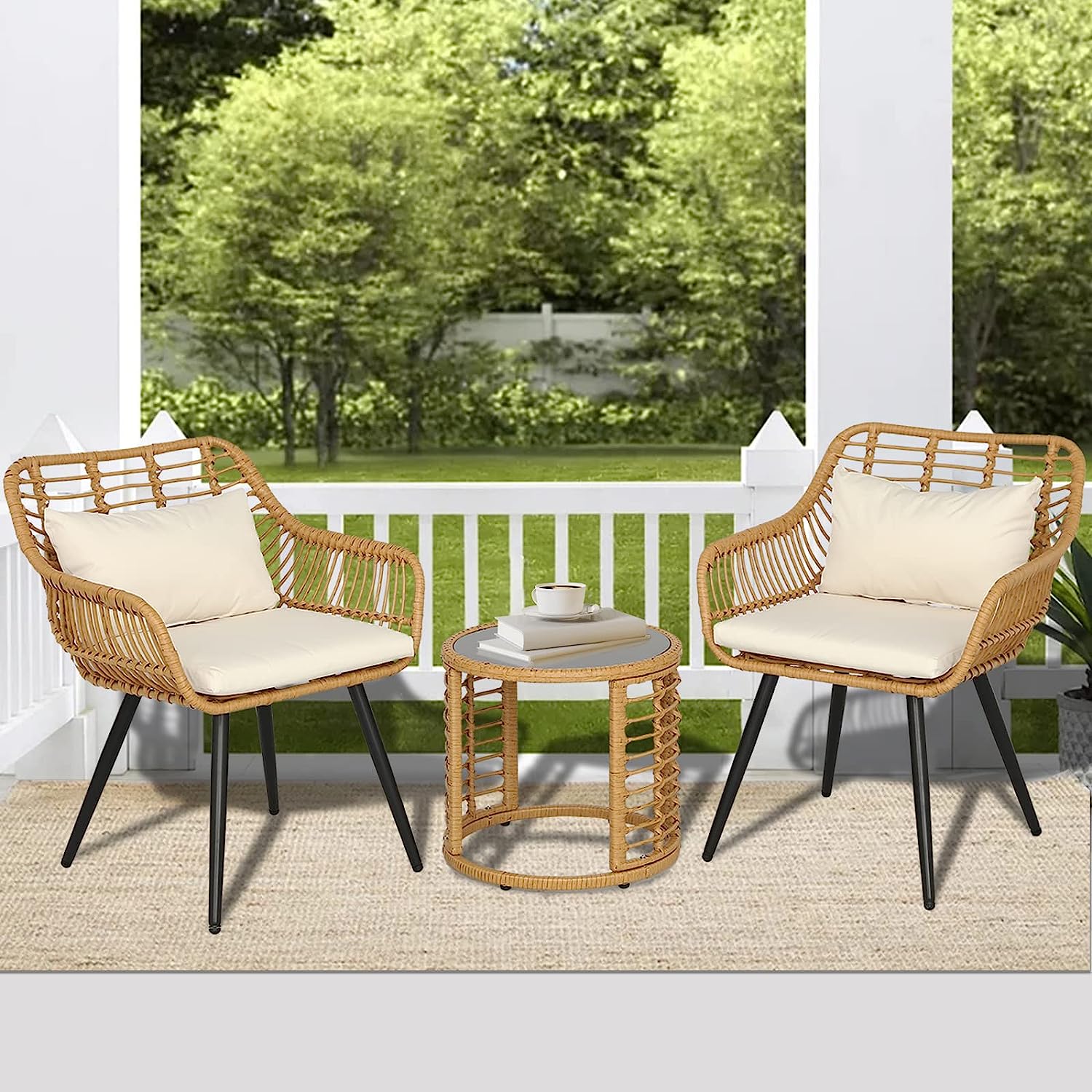
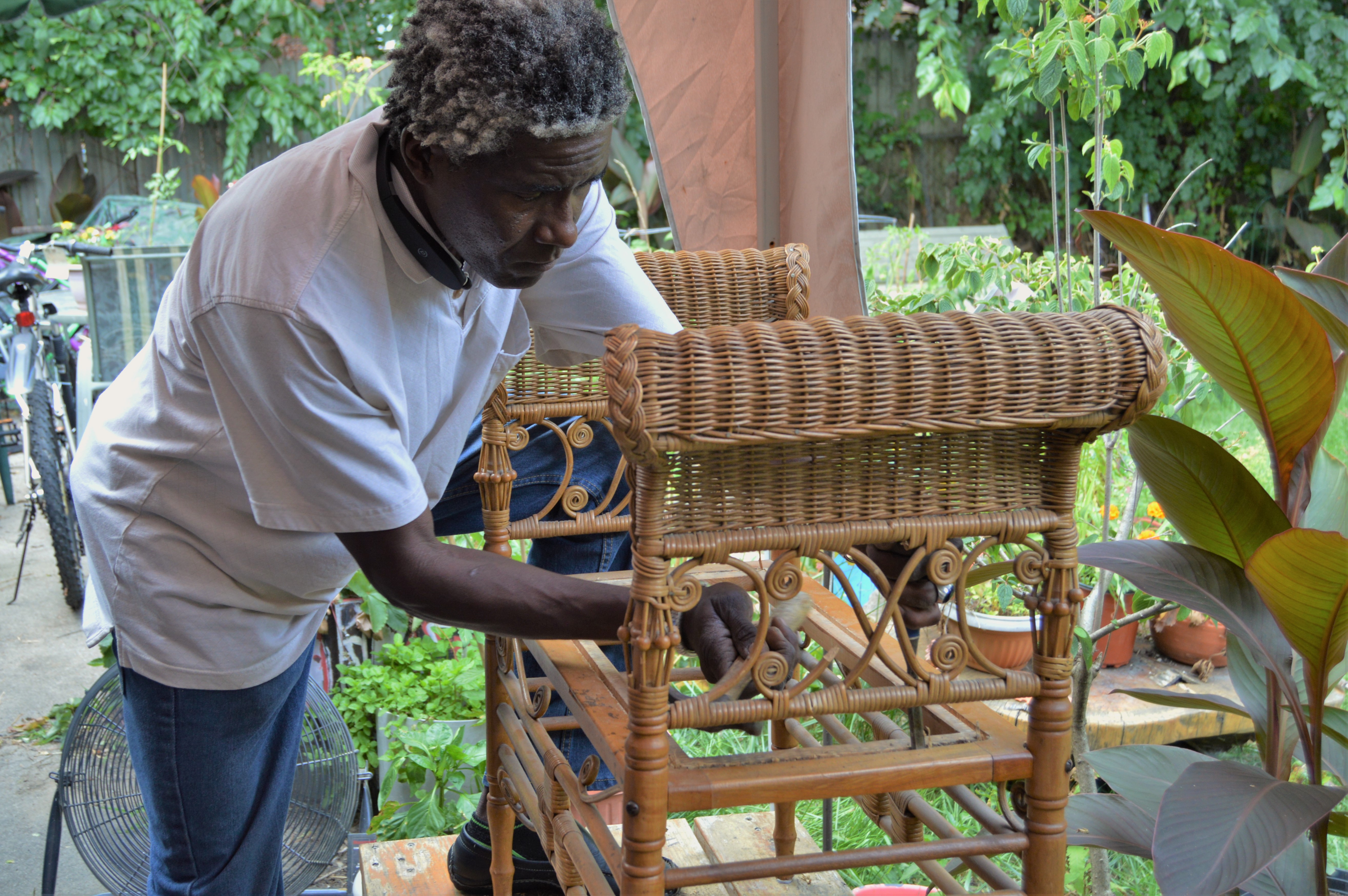
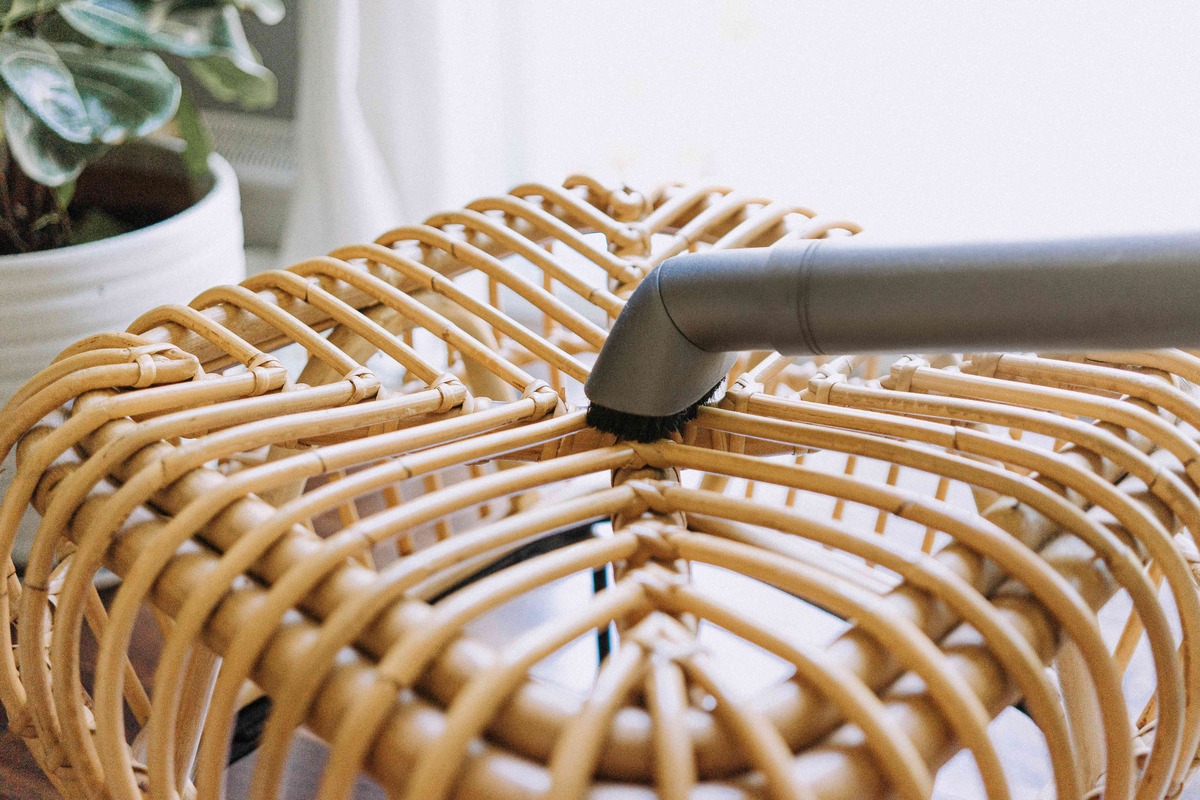
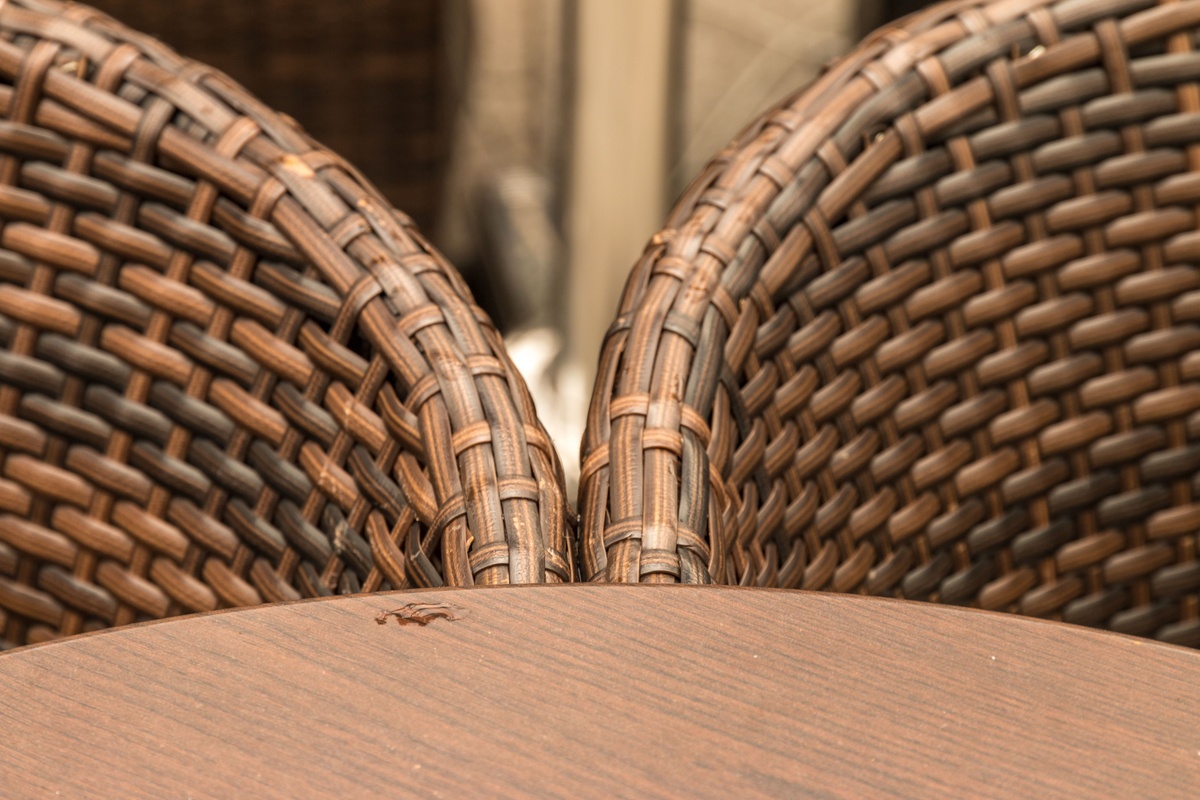
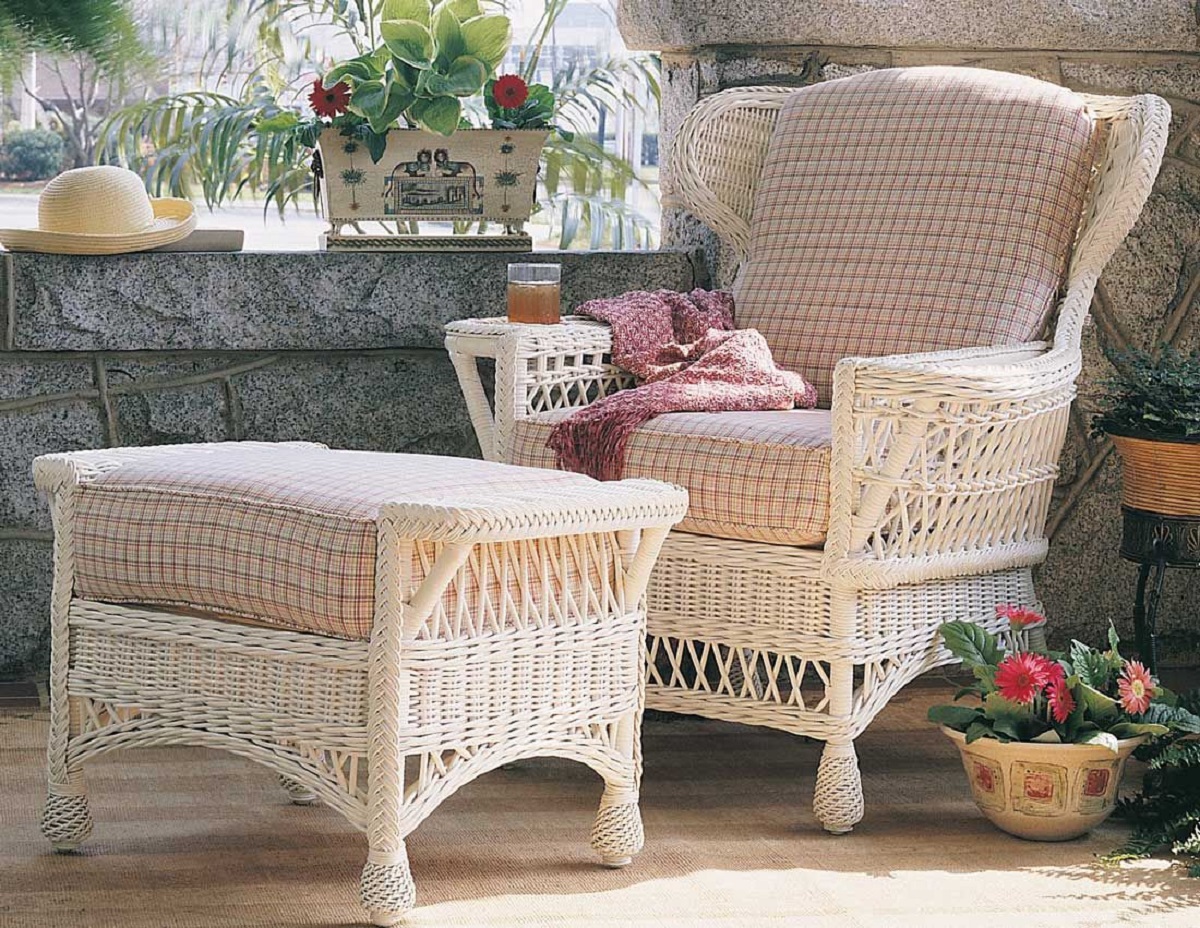
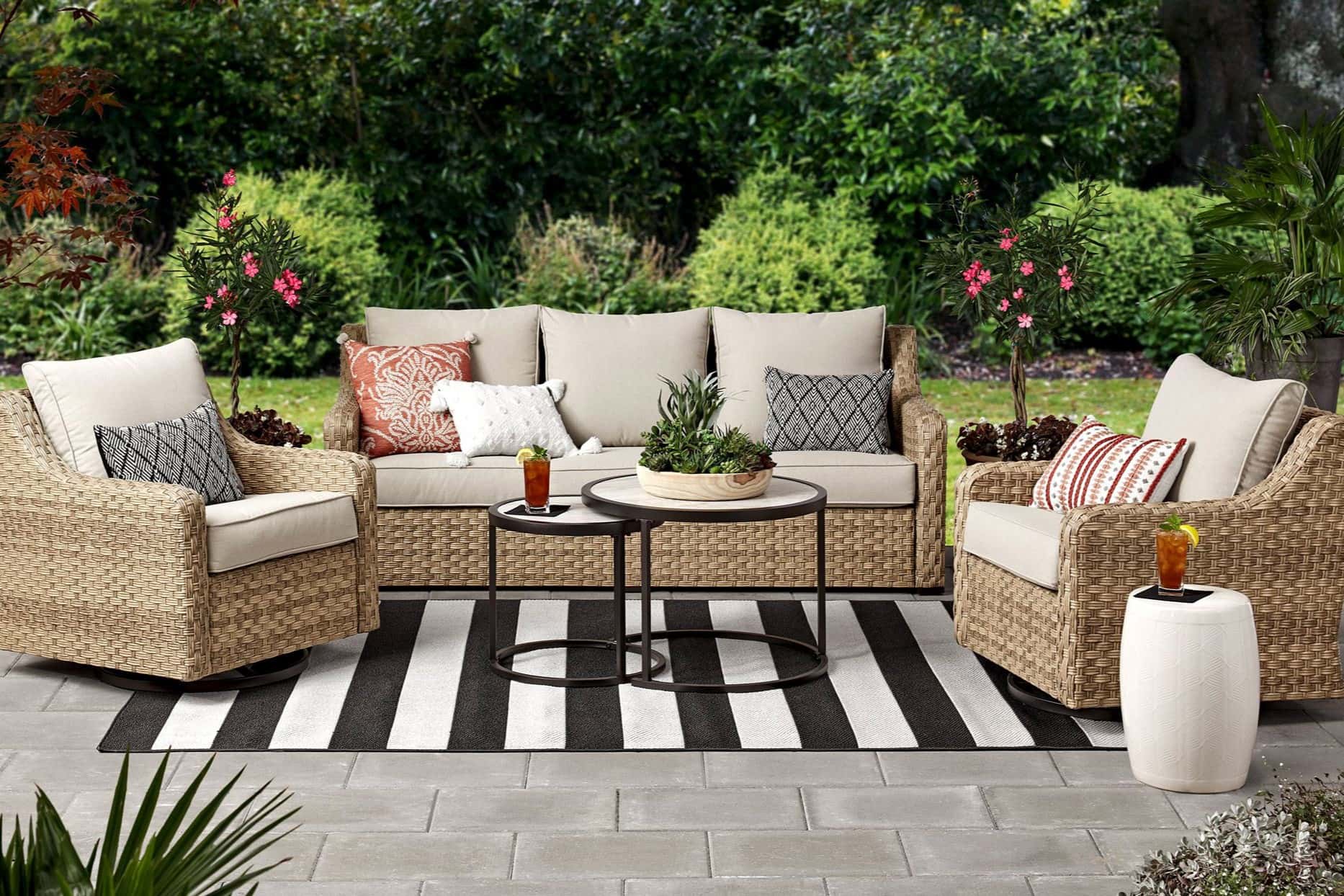
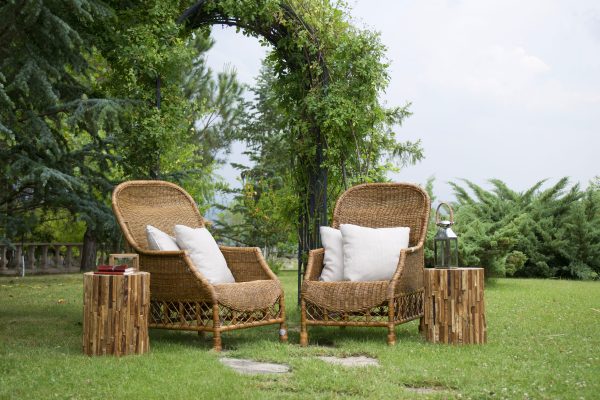
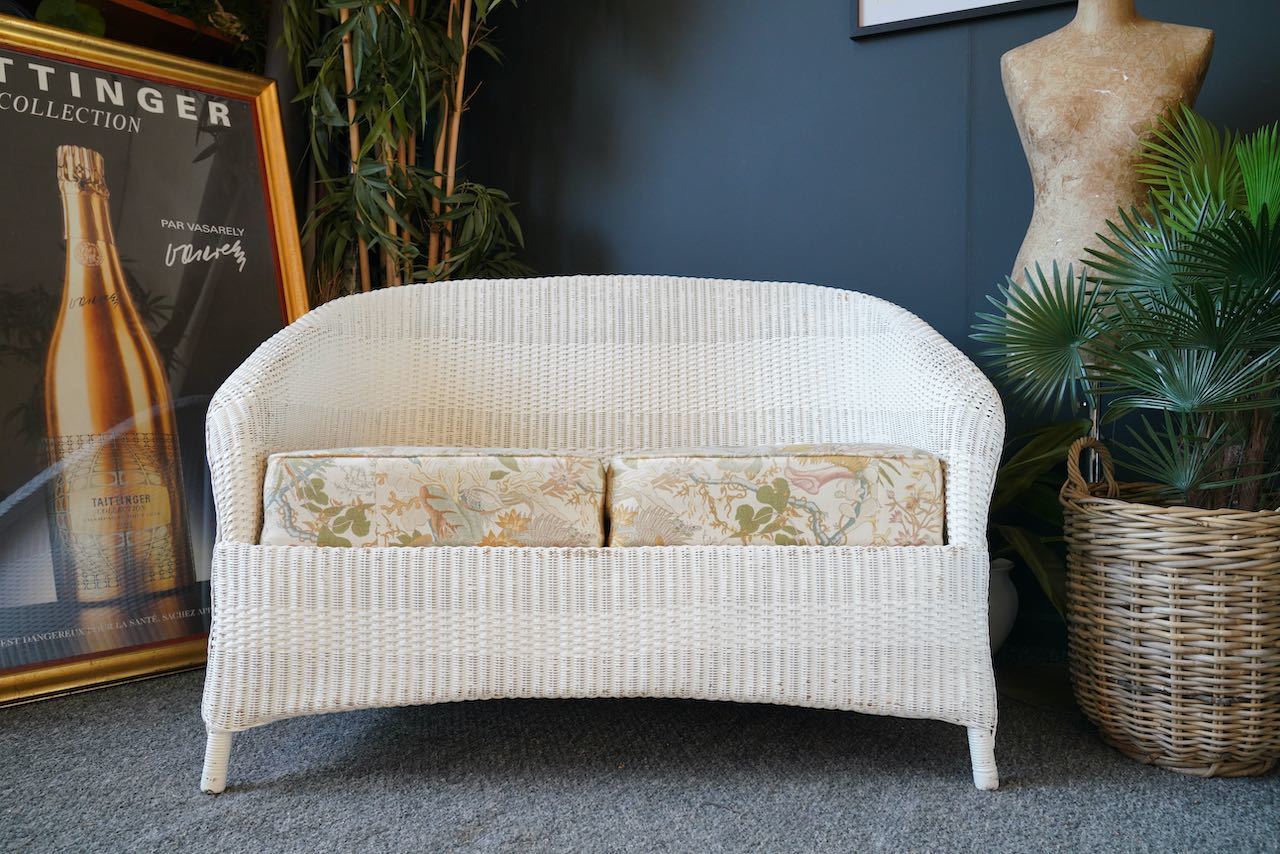
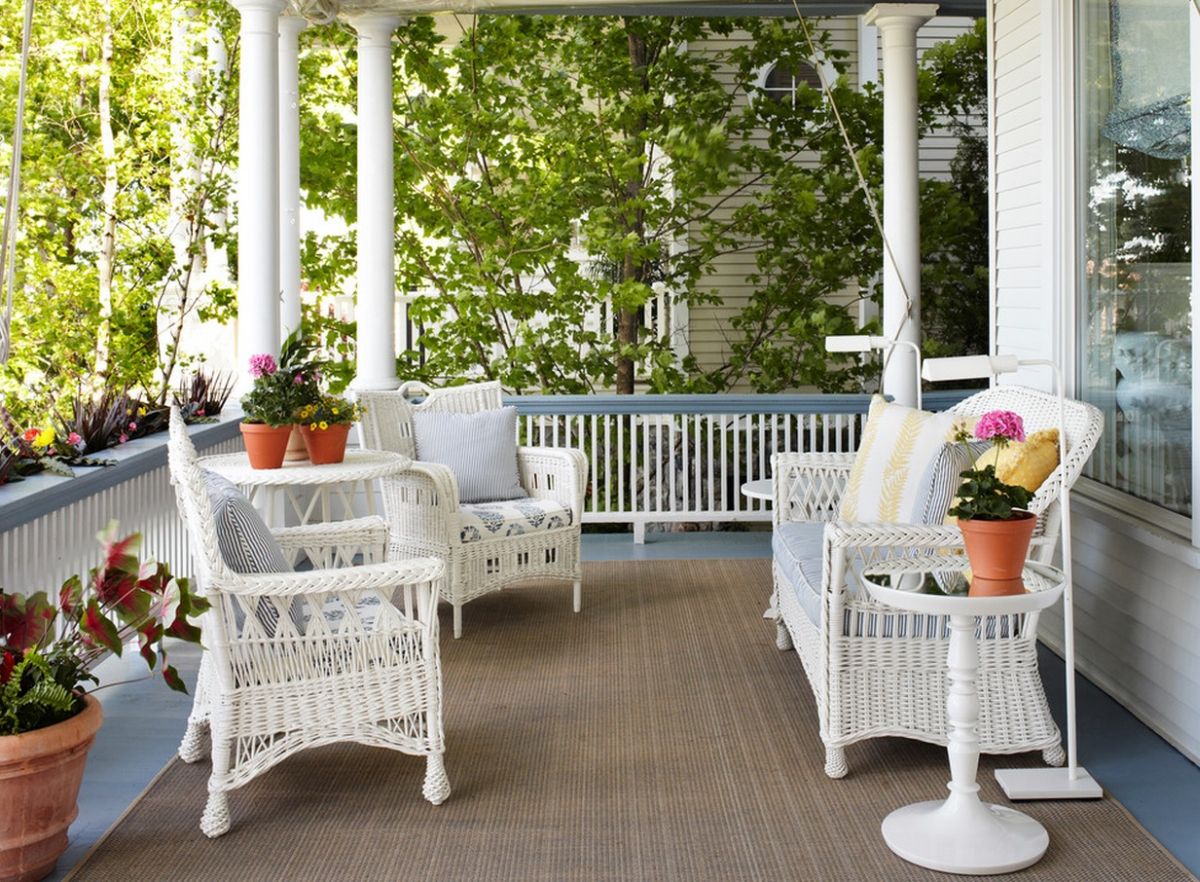

0 thoughts on “How To Refurbish Wicker Outdoor Furniture”